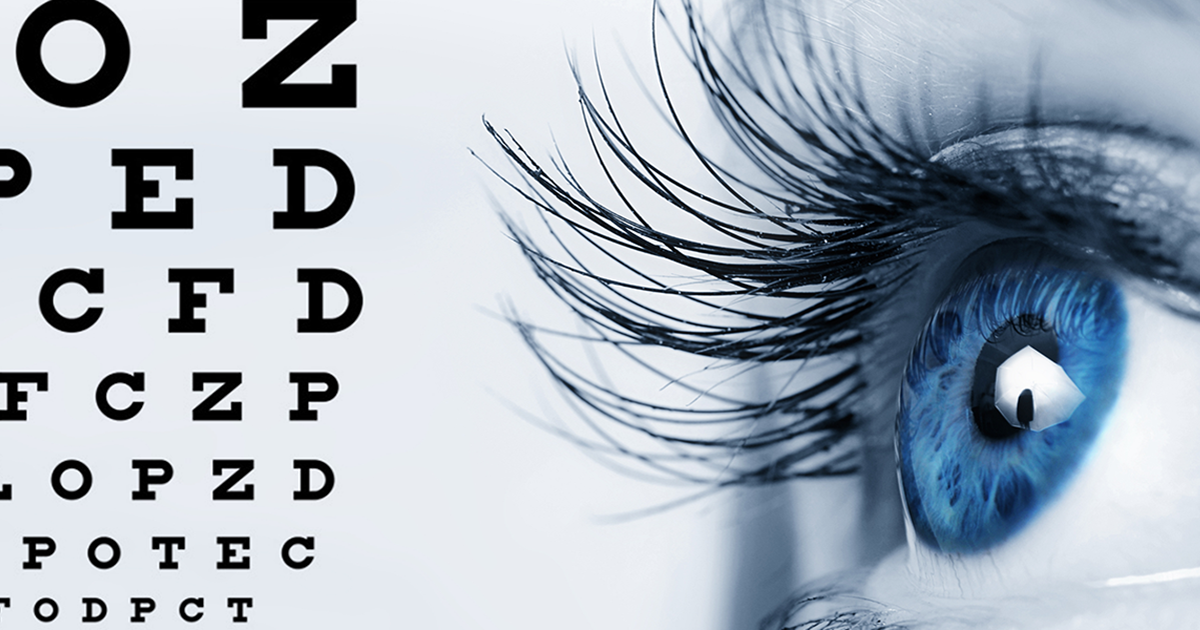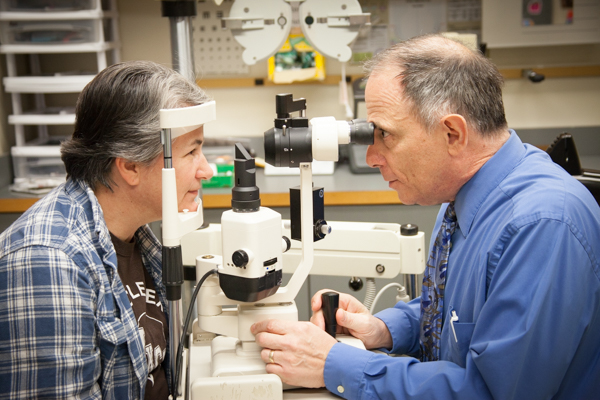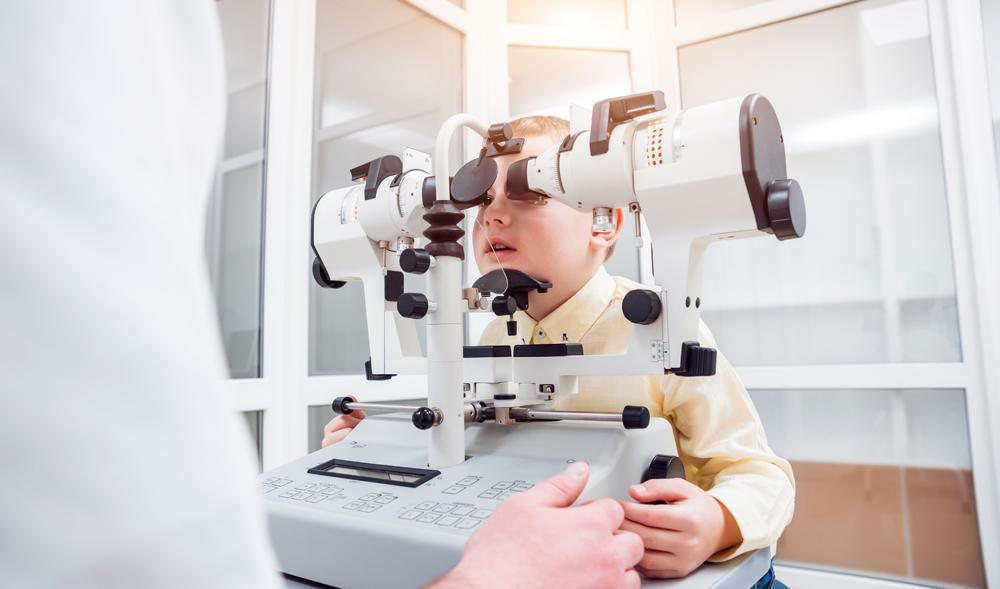Specialized Retina Service Near Me: Top-Notch Eye Care Professionals
Specialized Retina Service Near Me: Top-Notch Eye Care Professionals
Blog Article
The Duty of Advanced Diagnostic Equipment in Identifying Eye Disorders
In the realm of ophthalmology, the application of sophisticated diagnostic devices has reinvented the early recognition and administration of numerous eye disorders. From identifying subtle adjustments in the optic nerve to checking the progression of retinal conditions, these technologies play an essential role in improving the accuracy and effectiveness of detecting ocular problems. As the demand for exact and timely diagnoses proceeds to grow, the combination of advanced devices like optical coherence tomography and visual area testing has come to be important in the world of eye care. The complex interaction between innovation and ocular techniques not just clarifies intricate pathologies but additionally opens up doors to tailored treatment methods.
Relevance of Very Early Medical Diagnosis
Very early medical diagnosis plays a pivotal role in the effective management and treatment of eye disorders. Timely identification of eye problems is crucial as it allows for prompt intervention, potentially avoiding further progression of the disease and minimizing long-term complications. By discovering eye conditions at an onset, doctor can provide proper treatment plans customized to the details problem, eventually resulting in better end results for people. Additionally, early diagnosis makes it possible for people to accessibility needed support solutions and sources quicker, improving their total lifestyle.

Modern Technology for Finding Glaucoma
Innovative diagnostic innovations play a crucial duty in the early discovery and tracking of glaucoma, a leading source of permanent blindness worldwide. One such innovation is optical comprehensibility tomography (OCT), which offers thorough cross-sectional images of the retina, enabling the dimension of retinal nerve fiber layer thickness. This dimension is essential in examining damage triggered by glaucoma. An additional advanced device is aesthetic field testing, which maps the level of sensitivity of a patient's visual area, aiding to spot any type of locations of vision loss quality of glaucoma. Furthermore, tonometry is made use of to measure intraocular pressure, a significant threat variable for glaucoma. This test is important as raised intraocular stress can lead to optic nerve damage. Newer innovations like the use of man-made knowledge formulas in assessing imaging information are revealing encouraging outcomes in the very early discovery of glaucoma. These innovative analysis devices make it possible for ophthalmologists to diagnose glaucoma in its onset, enabling prompt treatment and far better monitoring of the condition to protect against vision loss.
Role of Optical Comprehensibility Tomography

OCT's ability to evaluate retinal nerve fiber layer density allows for precise and unbiased measurements, assisting in the early detection of glaucoma also before aesthetic field defects emerge. OCT modern technology permits longitudinal surveillance of structural changes over time, assisting in tailored treatment strategies and timely interventions to help maintain patients' vision. The non-invasive nature of OCT imaging also makes it a recommended option for keeping track about his of glaucoma progression, as it can be duplicated on a regular basis without creating discomfort to the person. In general, OCT plays a crucial role in improving the diagnostic precision and management of glaucoma, inevitably adding to better outcomes for people in danger of vision loss.
Enhancing Medical Diagnosis With Visual Area Screening
A crucial component in comprehensive ophthalmic evaluations, visual field screening plays a pivotal duty in boosting the analysis process for numerous eye problems. By analyzing the complete level of an individual's aesthetic field, this test offers essential information about the useful honesty of the whole visual pathway, from the retina to the visual cortex.
Aesthetic area testing is especially valuable in the diagnosis and monitoring of problems such as glaucoma, optic nerve conditions, and various neurological diseases that can influence vision. Via measurable measurements of outer and main vision, clinicians can spot subtle adjustments that might advice indicate the presence or development of these conditions, even prior to visible signs occur.
Additionally, visual field screening enables the surveillance of treatment efficacy, helping eye doctors customize restorative interventions to individual clients. eyecare near me. By tracking changes in aesthetic field efficiency in time, doctor can make educated choices regarding adjusting medications, suggesting surgical interventions, or implementing various other appropriate procedures to preserve or enhance a person's visual feature
Managing Macular Deterioration

Conclusion
Finally, advanced analysis devices play a crucial role in identifying eye disorders early on. Technologies such as Optical Comprehensibility Tomography and aesthetic area screening have considerably enhanced the accuracy and efficiency of diagnosing problems like glaucoma and macular deterioration. my company Early detection enables for timely intervention and management of these problems, inevitably causing much better outcomes for patients. It is vital for healthcare professionals to remain updated on these advancements to provide the most effective possible look after their people. eyecare near me.
Report this page